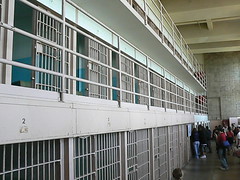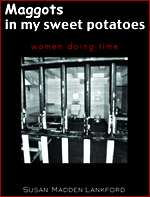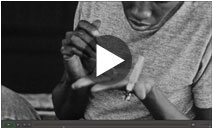 It would seem that San Diego country juvenile facilities have developed a sudden credibility gap. According to investigative reporting by CityBeat it would seem that their reporting numbers for the past several years just don’t add up.
It would seem that San Diego country juvenile facilities have developed a sudden credibility gap. According to investigative reporting by CityBeat it would seem that their reporting numbers for the past several years just don’t add up.
Here is an excerpt from the City Beat report by Dave Maas in which he looks at the absence of vital information from the U.S. Department of Justice’s Bureau of Justice Statistics’ required annual Survey of Sexual Violence:
>San Diego County Probation has filed 15 such survey forms for juvenile facilities since 2004 and not one discloses any allegation of sexual misconduct by staff, giving the false impression of a perfect record. Presented with inconsistencies between the surveys and other public records, the Probation Department now admits it does not disclose cases that are investigated by its internal-affairs unit. Since all allegations against staff are investigated by internal affairs, this policy has resulted in the omission of all staff-misconduct cases from the federal surveys.
‘Information for the survey was gathered from data entered into the probation case management system, which does not include internal affairs reports due to their sensitive nature,’ probation spokesperson Tammy Glenn said in an email to CityBeat. ‘We do plan to review our department’s process for gathering data to determine if internal affairs reports should be captured for the purposes of the survey in the future.’
Probation’s internal-affairs unit has investigated at least six allegations of staff sexual misconduct at its facilities since 2008, Glenn says. Chief Probation Officer Mack Jenkins has also said in previous news stories that its internal-affairs unit launched 10 such investigations between 2004 and 2010 at the East Mesa Juvenile Detention Facility and the Kearny Mesa Juvenile Detention Facility, through which roughly 9,000 kids pass each year. Probation says that some of these cases occurred at facilities that were not surveyed and therefore would not have been reported to the BOJS anyway. However, Glenn acknowledges that the department failed to report one case on a federal survey it filed in 2011.
Read the entire article- there is much, much more.
While it is hardly surprising that the perpetrators of illegal acts of this nature would want to conceal themselves, this sort of defiance of federally mandated standards is frightening if true.
Not only are these incidents tragic, but the obscuring of the events proves a huge and long term issue. How can we address the issues of juvenile justice when the data has been fudged? How can we prevent prison rape if we don’t know it is happening?
Let us hope that the six investigations just launched by the Probation Department help drag the facts into the light. Just think, those investigations only cover the last four years. That might merely be the tip of the iceberg.
Read the whole story on City Beat – County misreports data about sexual violence in juvenile jails.







 As you are probably aware Humane Exposures will be releasing it’s most recent book in the next few months. Today we are pleased to announce that
As you are probably aware Humane Exposures will be releasing it’s most recent book in the next few months. Today we are pleased to announce that 






